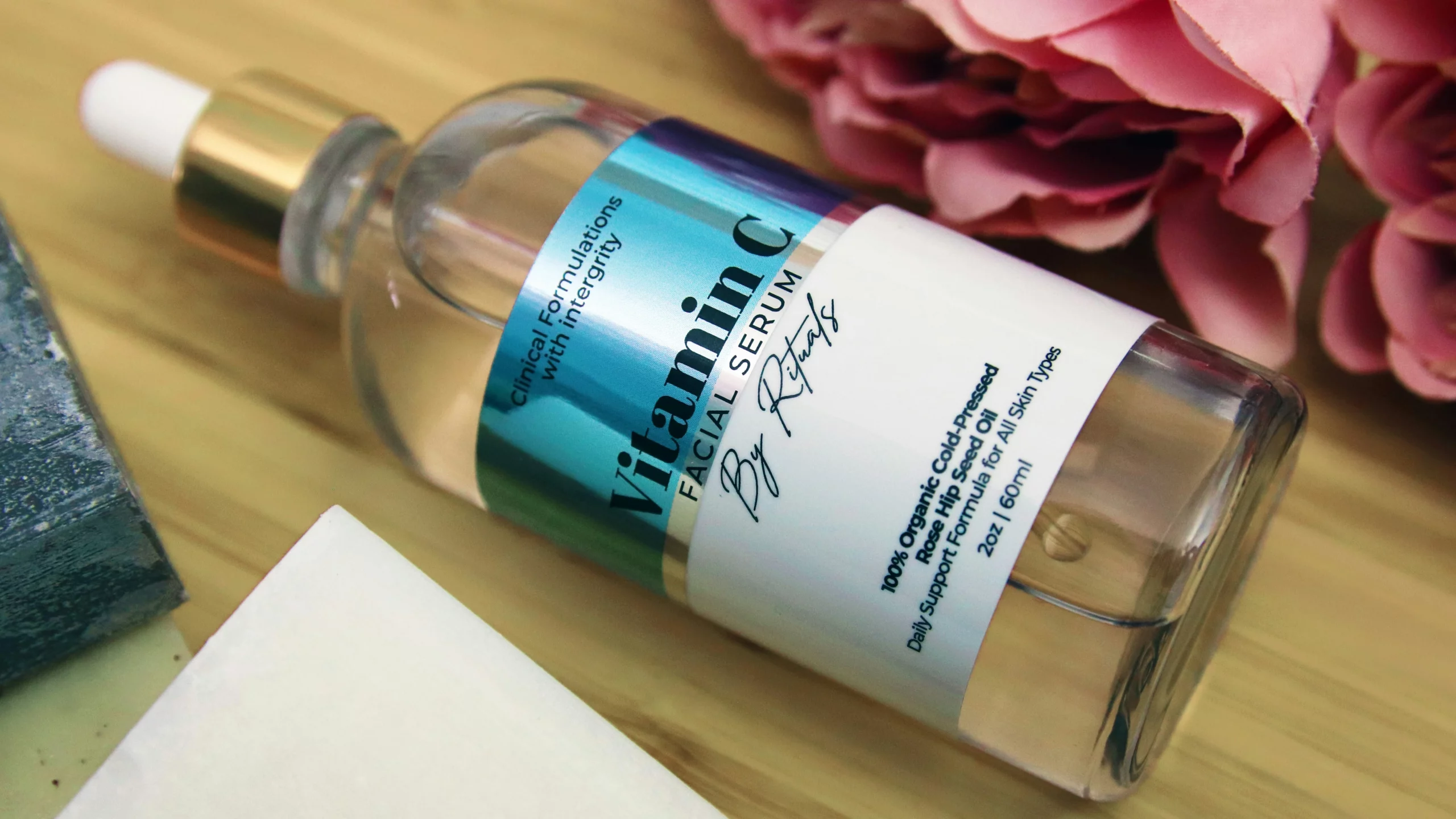9 Best Cosmetic Label Design Ideas and Strategies
In the beauty industry, a cosmetic product’s visual identity extends beyond basic product information. Cosmetic label design, in particular, holds the potential to be a compelling storyteller and a brand differentiator.
Beauty brands must recognize the impact a thoughtfully designed label can have on consumer perception and brand loyalty. There are key elements and strategies that elevate labels from functional markers to powerful tools for brand communication.
Crafting a cosmetic label is akin to curating an experience — a delicate blend of colors, fonts, and design elements that harmonize to tell a story. This narrative extends beyond the product’s contents, speaking to the values and promises your brand upholds.
This article will unravel effective cosmetic label design strategies that can provide your brand with a distinct and persuasive edge in an ever-evolving and competitive market.
Key Elements of Effective Cosmetic Label Design
When it comes to cosmetic product design, strategic choices in key elements can significantly impact the product’s market performance, especially in a highly visual industry.
Color psychology
Color isn’t just a visual component; it’s a psychological influencer in cosmetic packaging design and labeling. For instance, choosing a soft, pastel color scheme can evoke feelings of calmness and serenity, making it suitable for skincare products.
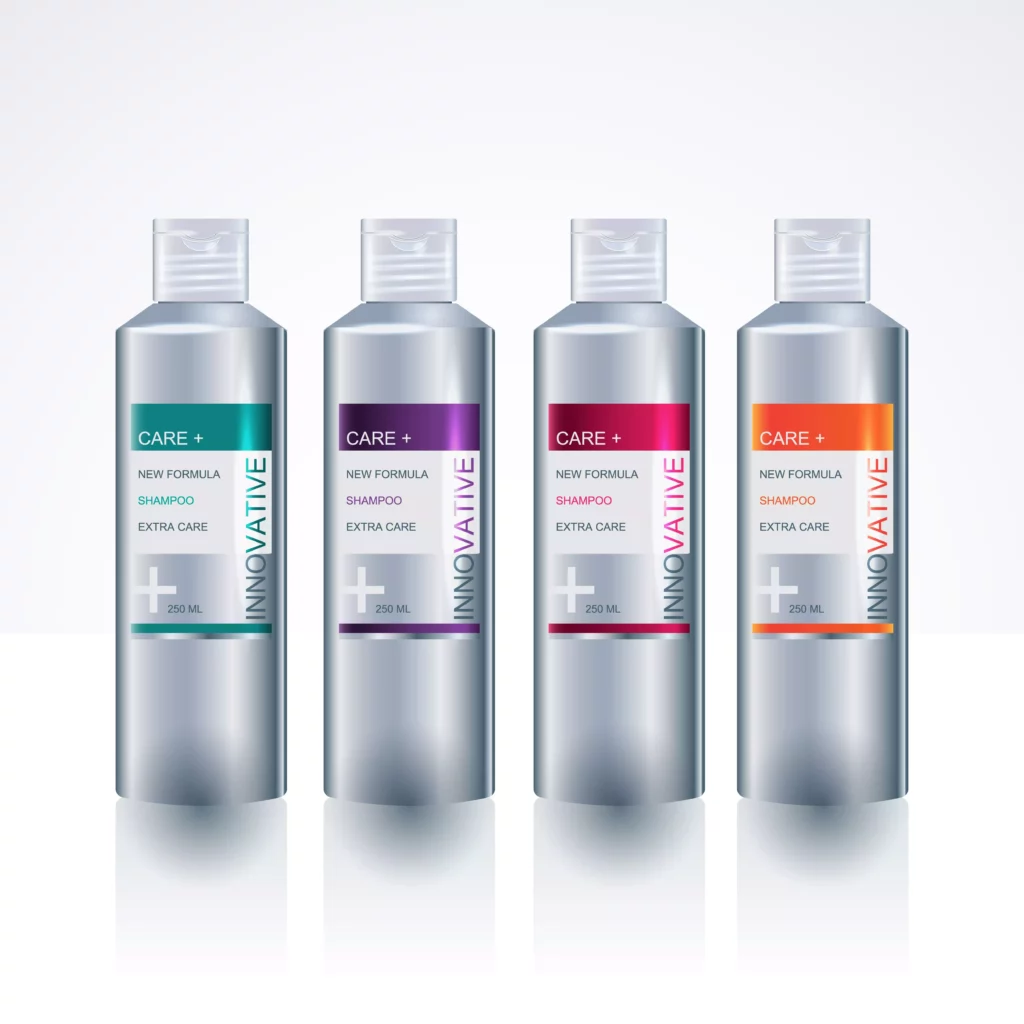
On the other hand, bold and vibrant colors like reds and pinks can create a sense of energy, often used in cosmetics promoting vitality and youthfulness. Understanding these color nuances empowers brands to make informed color choices that resonate with their target consumers.
Typography and visual hierarchy
Typography plays a crucial role in guiding consumers through essential information on a cosmetic label. Take, for instance, a product emphasizing natural ingredients. Utilizing a clean and simple font communicates transparency and purity, aligning with the product’s identity.
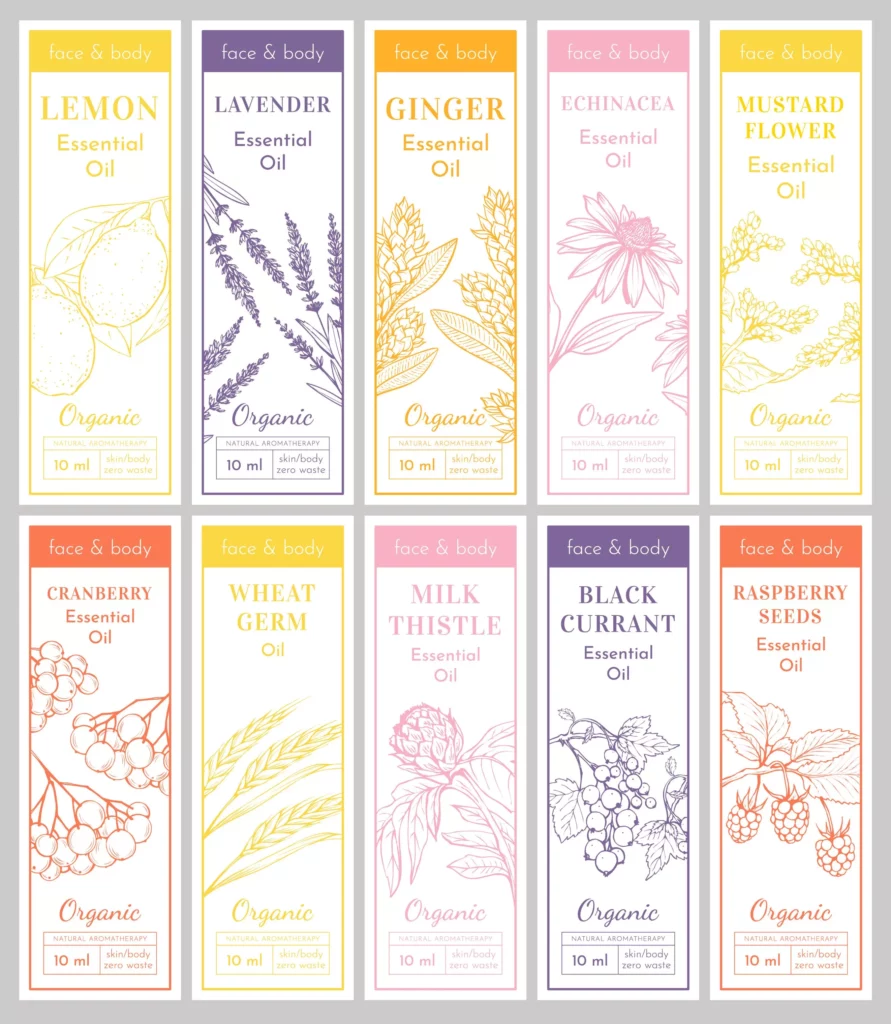
Establishing a clear visual hierarchy ensures that critical details like ingredient lists or usage instructions stand out on the product packaging, aiding consumers in making informed purchasing decisions.
Innovation
Innovation in cosmetic label design can set products apart on the shelf. Consider a makeup product with a label featuring a raised, textured surface. This not only adds a tactile dimension but also reinforces the product’s promise of smooth, luxurious skin.
Unconventional label shapes, like those resembling the product inside, can also capture attention. These creative design ideas enhance brand visibility and contribute to a memorable customer experience.
9 Cosmetic Label Design Ideas and Strategies
Product labeling strategies, when thoughtfully implemented, help enhance the product’s visual appeal while strengthening brand identity and market positioning. Brands must also align their product labels with their brand values, consumer expectations, and industry trends.
1. Tell a story through design
Using label design to tell a brand story is a powerful strategy that creates an emotional connection with consumers. Cosmetic lines inspired by nature and organic ingredients typically feature imagery of botanicals and earthy tones in their label design. This product label design strategy can also be effective in other industries, such as food and beverage packaging.
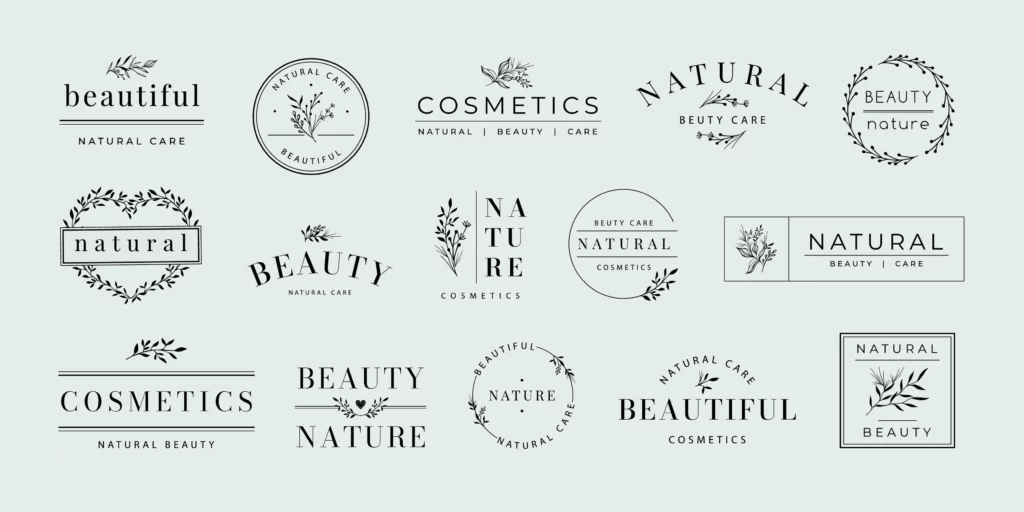
Moreover, communicating the brand’s values and commitments on the product label establishes a deeper connection with consumers who resonate with the brand’s narrative. This strategy can differentiate the brand in a competitive market and boost brand loyalty by appealing to consumers’ emotions and values.
2. Integrate texture and tactility
Tactile elements on cosmetic labels create a sensory experience for consumers. Luxury brands can feature embossed textures on the label, conveying a sense of opulence and sophistication.
Tactile design not only enhances the perceived value of the product but also adds a unique and memorable aspect to the overall branding. This strategy appeals to consumers seeking a multisensory experience and reinforces the brand’s commitment to delivering a premium product.
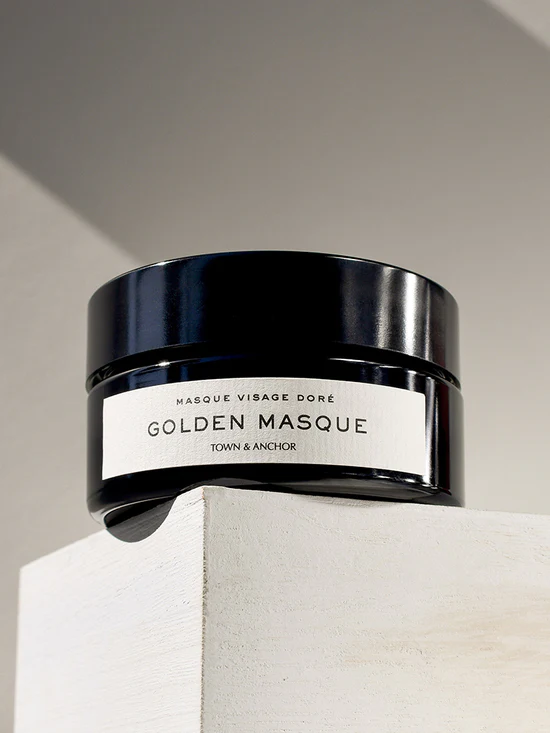
3. Engage through interactive labels
Interactive labels provide an engaging way for consumers to access additional information or experiences related to a cosmetic product. Incorporating QR codes on labels is a common example of this strategy.
Beauty brands may use QR codes to link customers to online tutorials demonstrating the proper application of their products or providing in-depth information about key ingredients. This interactive element provides consumer education while adding a layer of convenience, allowing users to access valuable content with a simple scan.
4. Embrace sustainability
Sustainability has become a cornerstone in cosmetic label design as brands respond to the growing demand for eco-conscious practices. Embracing sustainable materials, such as packaging or labels made from recycled paper or biodegradable films, has become a strategic choice.
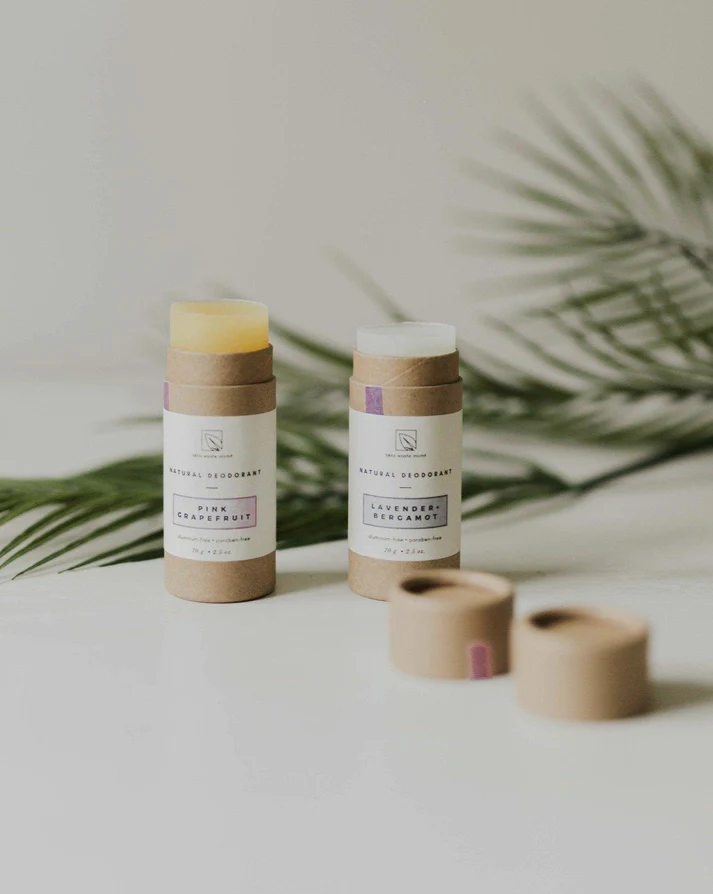
For example, brands may opt for labels crafted from recycled materials, demonstrating a commitment to environmental responsibility. Using fewer resources, promoting recyclability, and conveying a clean, eco-friendly aesthetic align with this sustainability strategy. By incorporating these practices, cosmetic brands also appeal to consumers who prioritize ethical and sustainable choices.
5. Leverage pressure-sensitive labels
Pressure-sensitive labels offer a versatile and customizable solution for cosmetic packaging. These labels adhere easily to various surfaces, accommodating curved or irregularly shaped containers.
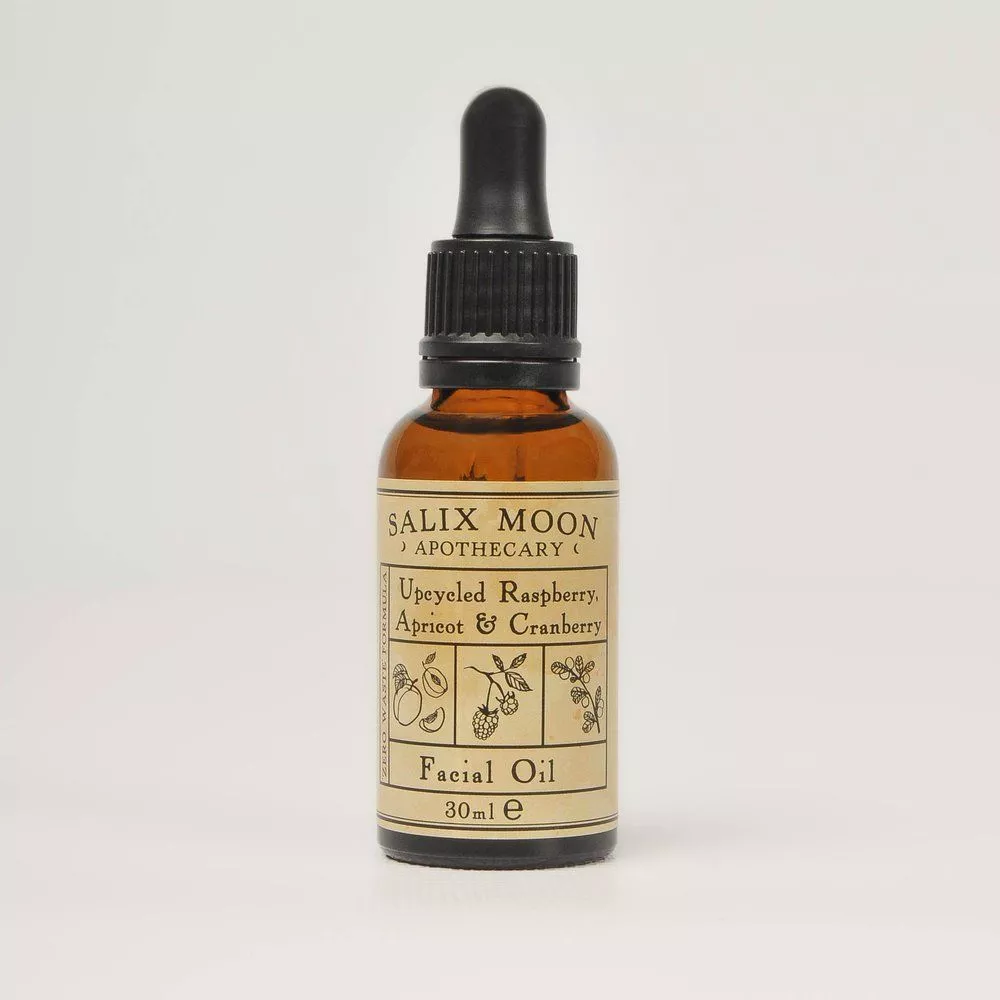
A hair care product line could leverage pressure-sensitive labels to conform seamlessly around uniquely shaped bottles, ensuring a visually appealing presentation. The vibrant printing possibilities of custom pressure-sensitive labels also allow for intricate designs and detailed product information, enhancing the overall visual appeal of cosmetic products.
Apart from flexibility in label application, pressure-sensitive labels also serve as eye-catching and informative packaging solutions. This is ideal in a competitive industry where aesthetics play a pivotal role in consumer decision-making.
6. Consider a minimalistic design approach
Minimalist design has gained prominence in cosmetic label design by prioritizing simplicity and functionality. This strategy involves stripping away excess elements to create labels with clean lines, a limited color palette, and concise text.
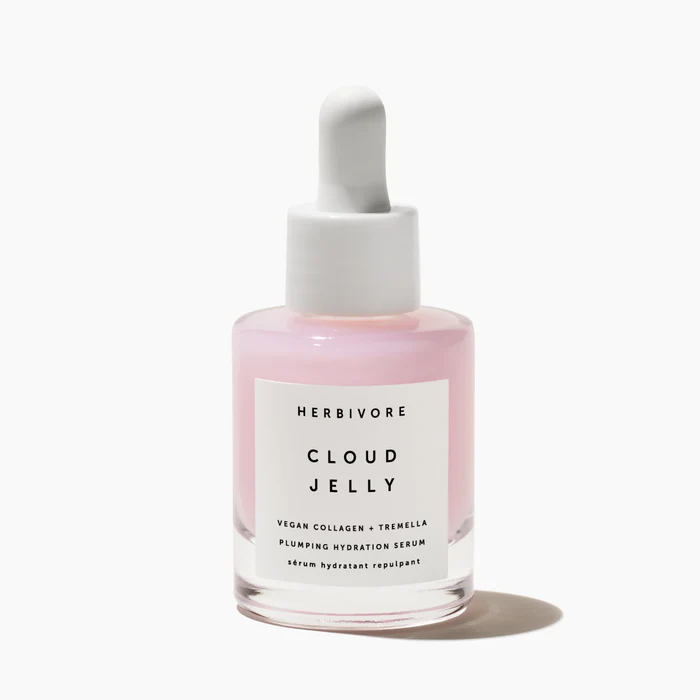
Brands emphasizing purity or a clean aesthetic, in particular, may adopt a minimalist label design with a white background, simple fonts, and minimal graphics. This communicates transparency and enhances the overall aesthetic appeal.
Minimalistic labels also allow consumers to focus on essential product information. Moreover, this simplicity can convey a sense of modernity and elegance, aligning with the preferences of consumers seeking a straightforward yet sophisticated aesthetic in their cosmetic products.
7. Customize for limited editions
Creating unique labels for limited edition or seasonal products adds exclusivity and urgency to a brand’s offerings. Your brand can introduce special labels for a holiday collection, featuring unique designs or color schemes that align with the festive theme.
This strategy encourages consumer engagement and swift purchasing decisions as limited-edition labels become collectible items. Customization for limited editions also generates excitement and fosters a sense of exclusivity, making consumers feel privileged to own a unique variation of their favorite products.
8. Incorporate geometric patterns and shapes
Geometric patterns and shapes can serve as visually striking designs. Furthermore, cosmetic brands can use geometric shapes to highlight different product attributes or benefits. This adds a modern and dynamic aesthetic while also communicating specific messages about the product’s features.
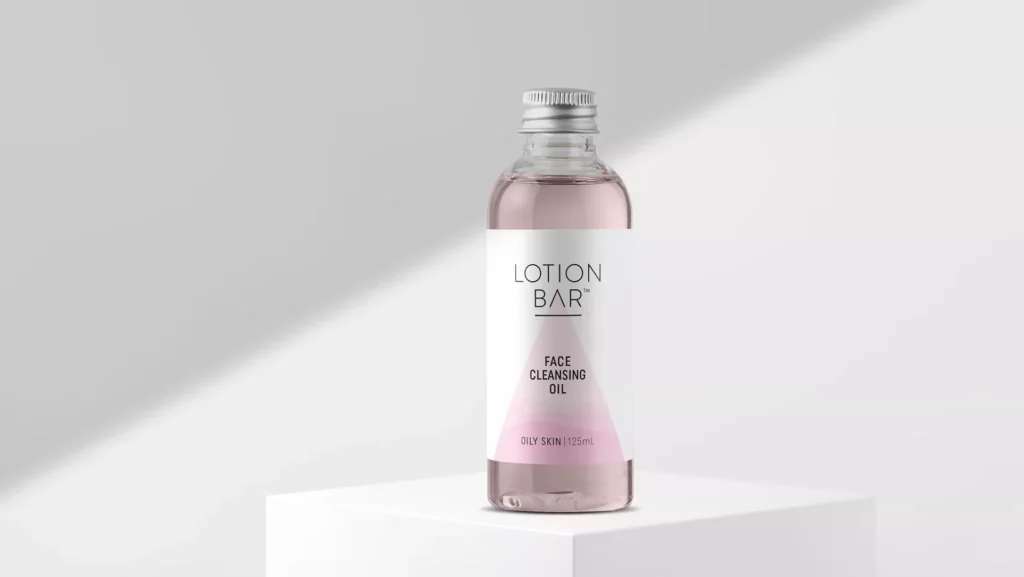
9. Embrace inclusivity
Ensuring that label designs are inclusive and resonate with diverse consumer demographics has become a necessity in product packaging and labels. Brands are embracing imagery and language choices that reflect a wide range of skin tones, ethnicities, and genders.
Inclusive labeling on cosmetic products aligns with social values and broadens the appeal to a diverse consumer base. Makeup brands may feature models with different skin tones on their labels to showcase the inclusivity of their product range. This strategy reflects a commitment to diversity and inclusiveness, enhancing the brand’s reputation and connecting with a broader audience.
Beauty Beyond the Label: Design for Lasting Brand Impact
The strategic design of product labels emerges as a decisive factor in brand success. Each element, from color choices to innovative designs, contributes to the visual identity that sets a cosmetic product apart on the shelf. It is critical to align label design strategies with brand values, consumer expectations, and industry trends.
By implementing these such strategies thoughtfully, cosmetic brands can enhance their market positioning, captivate consumers, and stay at the forefront of industry innovation.
A reputable product packaging manufacturer understands the importance of effective label design in elevating your cosmetic brand. Reach out to experts at Meyers and discover how to create labels that not only meet industry standards but also exceed customer expectations.

